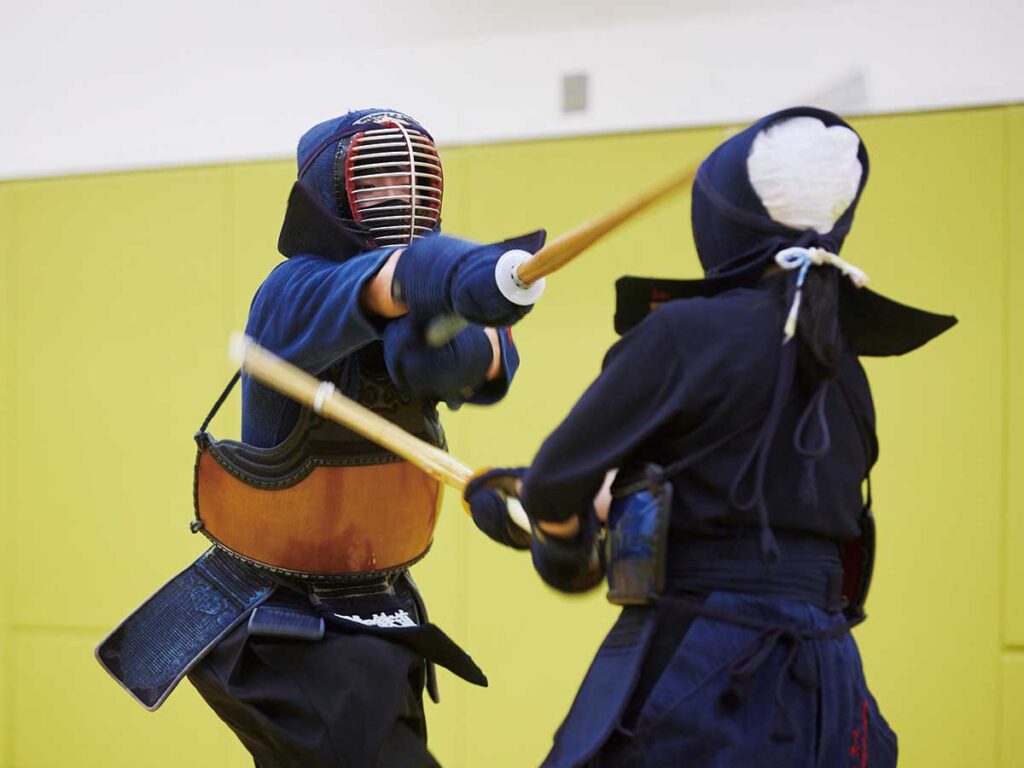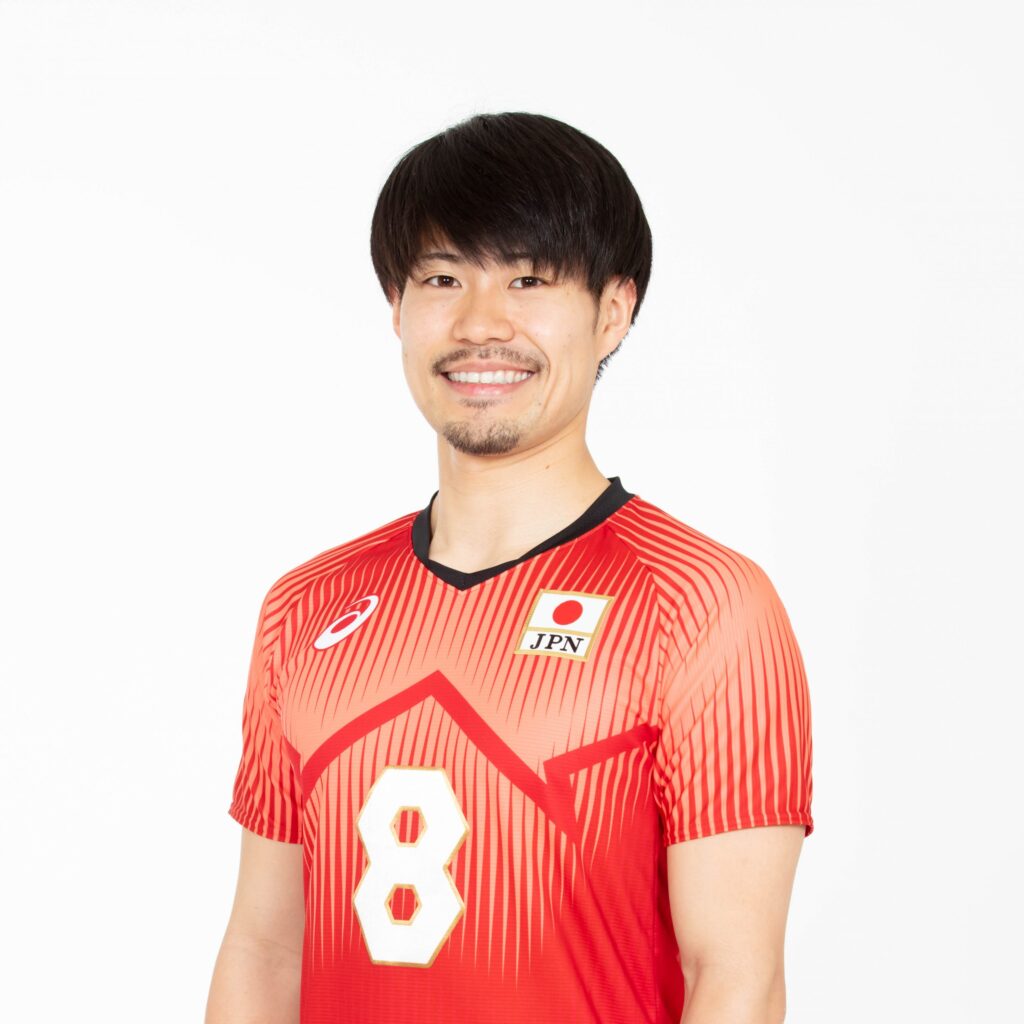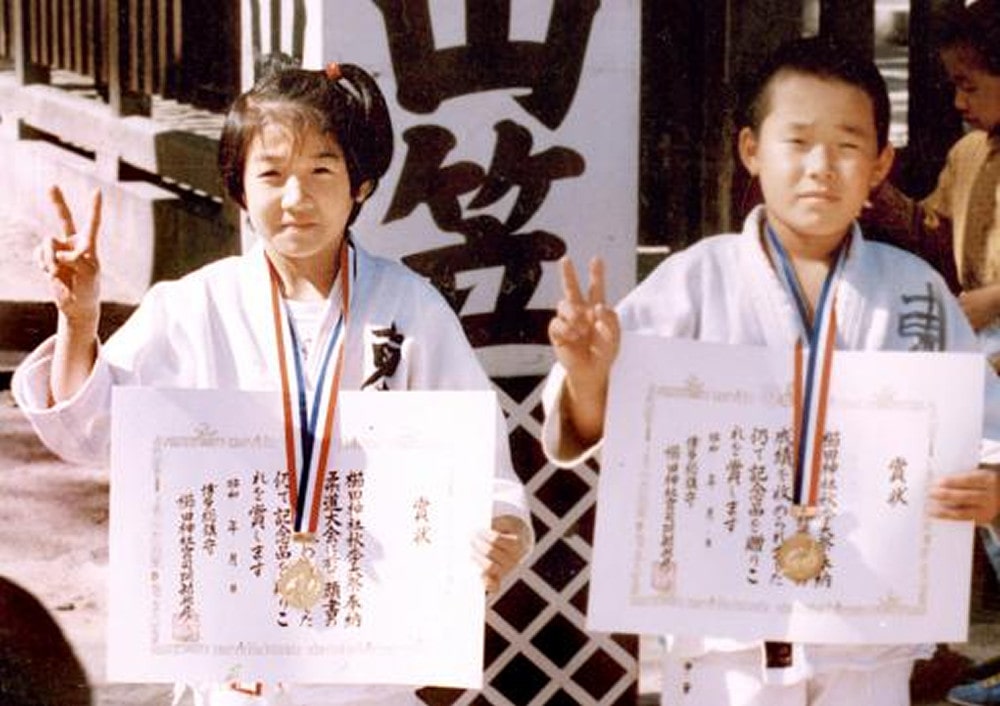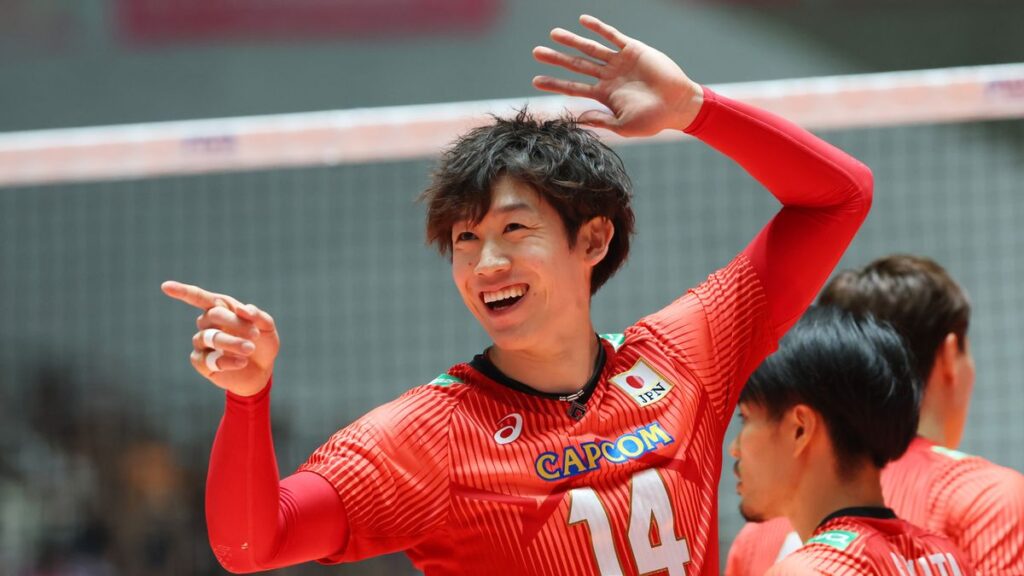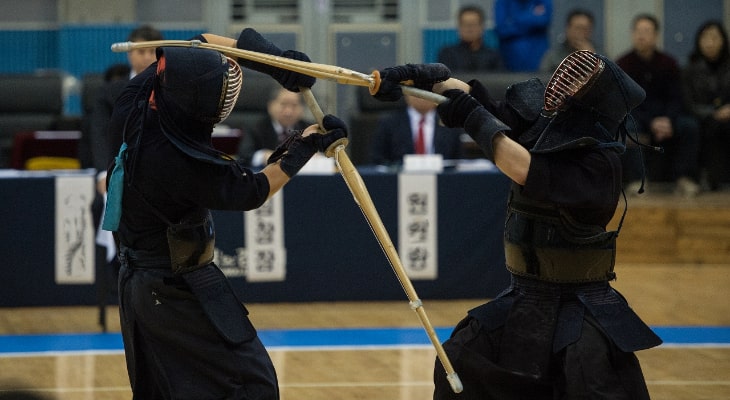
Kendo is more than just a sport. As one of the Japanese martial arts, it has a long history and deep culture.
Learning Kendo is not only about acquiring techniques, but also about training your mind and learning etiquette.
In this article, we will focus on the basic techniques of Kendo, and explain in detail what role each technique has and how to practice them.
We aim to provide useful information for everyone who wants to master the art of Kendo, from beginners to experts.
Now, let’s step into the deep world of Kendo together.
目次
- 1 Introduction: What is Kendo? Importance of basic techniques
- 2 Types of basic Kendo techniques and their roles
- 3 For beginners in Kendo: How to learn basic techniques
- 4 Practice method for advanced kendo players: Refinement of basic techniques
- 5 Drills and training to hone your Kendo skills
- 6 Knowledge and mindset that support the basic techniques of Kendo
- 7 Summary: What the basic techniques of Kendo bring to you
Introduction: What is Kendo? Importance of basic techniques
Kendo is one of Japan’s traditional martial arts, and was originally developed as a training exercise for samurai to hone their fighting skills.
In modern times, Kendo is widely practiced around the world as a sport that trains not only physical strength but also the mind.
Using a shinai (shinai) and armor, students hone a series of attack and defense techniques against their opponents, but the practice of kendo is more than just physical training.
Moral and spiritual growth is also emphasized, with emphasis on respecting civility and fostering a spirit of respect for others.
History of Kendo and its philosophy
The origins of Kendo can be traced back to the samurai culture of ancient Japan.
In the early days, swordsmanship was honed as a practical skill that put life and death at stake, but with the arrival of a peaceful era, its martial arts aspects gradually began to emphasize sports, formal beauty, and spiritual training.
Especially since the Meiji period, Kendo has been incorporated into Japan’s national education, and has also come to be treated as a part of moral education.
Even in modern times, kendo, known as the “way of the sword,” emphasizes its philosophical aspects, and is taught as a spiritual culture that combines inner training and outer technical improvement.
What are the “basic techniques” learned in Kendo?
Kendo basic techniques are the most fundamental movements and techniques for practicing Kendo.
This includes maintaining proper posture, precise foot movements, and the correct way to strike with the shinai.
Basic techniques form the basis of all advanced techniques in Kendo and are essential to practicing Kendo safely and effectively.
These techniques are gradually acquired through repeated practice, and serve as a starting point for beginners to begin their Kendo journey.
Additionally, learning the basic techniques is an important step in understanding the spirit of Kendo and developing not only the body but also the mind at the same time.

Types of basic Kendo techniques and their roles
Kendo techniques are diverse, but basic techniques are common to all advanced techniques.
Basic techniques mainly include proper foot movement, accurate posture, and effective striking.
These techniques form the foundation of Kendo practice and are the first important elements that a swordsman must learn in the process of honing his techniques.
By mastering the basic techniques, a swordsman can perform more complex techniques and tactics safely and efficiently.
Important basic skills: foot movement, posture, and how to hit
-
Foot movements : Foot movements are very important in Kendo. Basic forward, backward, and rotational movements form the basis of all techniques. By moving quickly and quietly, you can put pressure on your opponent, maintaining your optimal position when attacking or defending.
-
Posture : Kendo posture must be both stable and maneuverable. By keeping your back straight and lowering your hips, you keep your center of gravity low and ready to move quickly. Proper posture not only supports efficient movement, but also contributes to mental focus.
-
How to strike : Proper striking is the core technique of Kendo. Striking with a shinai requires accurately hitting specific parts of the opponent’s armor (men, kote, torso, and tare). Striking involves the transmission of force, the timing of the blow, and the precise targeting of the blow. By learning these skills, swordsmen will be able to deliver effective blows in actual combat.
Purpose and effect of each technique
Each basic technique serves a specific purpose in the practice of Kendo.
Foot movements allow you to move into optimal attacking positions or adjust your position for defense.
Posture promotes mental focus and readiness while keeping the body balanced and reducing fatigue.
The way you strike allows you to strike effectively, giving you an overwhelming advantage over your opponent.
By working together, these techniques allow the swordsman to grow both technically and mentally, allowing him to achieve high levels of Kendo practice.

For beginners in Kendo: How to learn basic techniques
For beginners who have just started Kendo, learning the correct basic techniques is very important.
Basic techniques are the foundation of all techniques in Kendo, so learning them correctly will make your future training more effective and efficient.
The process for beginners to learn the basic techniques of Kendo includes learning postures and practicing basic strikes.
Learning basic postures
Kendo’s basic stance (basic standing) is the starting point for all techniques. By learning this posture correctly, you will feel more stable and your movements will be smoother. Learning basic postures involves the following steps:
- Foot position : First, place your feet slightly wider than shoulder width apart. Step your left foot back slightly, with your toes pointing forward.
- How to bend your knees : Bend your knees slightly naturally to lower your center of gravity. At this time, keep your back straight and your face facing forward.
- How to stretch your back muscles : Keep your center of gravity low by stretching your back muscles and lowering your hips. This allows you to move easily and maintain a stable posture.
Basic practice method
Uchiwaza in Kendo is the basic technique for making accurate strikes. The basic practice method includes the following points:
- Correct form of strike : Hold the Shinai correctly, and when striking, use your entire arm to swing down forcefully but relaxedly. It is especially important for beginners to focus on form when hitting, rather than relying on force.
- Timing of striking : The striking action must be performed in conjunction with the movement of the feet. Deciding on a strike at the right time is the basis of effective technique.
- Repetitive practice : Especially for beginners, it is important to practice the same movements over and over again. We practice repeatedly until the basic forms become ingrained in our bodies.
Learning these basic techniques will greatly contribute not only to your Kendo technique, but also to your spiritual growth.
By learning the correct posture and technique, you will be able to apply the philosophy of Kendo, which is “Kendo is the training of the mind,” to your real life.

Practice method for advanced kendo players: Refinement of basic techniques
When you become an advanced kendo expert, you are required to further refine your basic techniques and improve your accuracy.
In order to deepen the techniques acquired through years of practice and develop them into more advanced tactics and techniques, it is necessary to constantly make conscious improvements and take on challenges in daily practice.
At this stage, students aim to understand not only the formal movements but also the deep meaning and tactical application of each technique, and use them in actual combat.
Technique improvement tips for advanced players
- Attention to detail : We review each basic technique and aim for more efficient and precise movements. For example, you can improve the speed and power transmission of your strikes by making small adjustments to your footwork and posture.
- Improving reaction speed : Kendo requires you to react quickly to your opponent’s movements. Advanced players will develop the ability to predict their opponent’s movements and instantly select and apply appropriate techniques. To do this, it is important to practice a variety of attack and defense patterns and improve your ability to apply them in actual combat.
- Maintaining mental concentration : The ability to maintain concentration during long periods of practice is essential for advanced practitioners. It’s also helpful to incorporate breathing and meditation techniques into your practice to calm your mind and improve your focus.
Application of basic techniques in competitions and games
- Strategic technique selection : In competitions and matches, it is important not only to accurately execute basic techniques, but also how to use them strategically. For example, you are required to select techniques according to the situation, such as a “waiting” posture to lure the opponent’s technique and counterattack, or an attack method using continuous techniques.
- How to apply pressure : Using basic techniques to apply psychological pressure on your opponent is also a very effective tactic for advanced players. Gain a strategic advantage by attracting the attention of others to yourself.
- Coordination of techniques : By using not only a single technique but also a combination of multiple techniques, you can perform attacks that are difficult to predict and increase your success rate in matches. The foundation for this is perfect mastery of basic techniques.
Kendo training for advanced players involves not only further refining their techniques, but also deepening their understanding of the philosophy and spiritual aspects of Kendo.
This will encourage not only technical maturity but also personal growth.

Drills and training to hone your Kendo skills
Effective drills and training are essential to improving your Kendo techniques.
It is important to incorporate drills into your daily practice to maintain and improve basic skills.
This not only improves your Kendo techniques, but also improves your physical strength, concentration, and reaction speed.
Drills you should incorporate into your daily practice
- Repetitive practice of basic strikes : By repeating basic strikes at the beginning of each day’s practice, you will establish accuracy of form and power of your strikes. The aim is to improve the accuracy of each strike by practicing strikes evenly on the men, kote, torso, and tare.
- Footwork Drills : Quick and accurate footwork is very important in Kendo. We will perform drills that include movements such as moving forward, backward, and turning, so that you can move with good balance in any situation.
- Stair-hitting practice : A drill in which you perform consecutive hits to train your sense of rhythm and sustained concentration. Aim for accurate strikes even when fatigue is accumulating, and improve mental endurance at the same time.
Efficient technique practice plan
- Goal setting : Set clear monthly and weekly goals and create a practice plan that aligns with them. It is desirable that your goals include not only technical improvement, but also physical and spiritual growth.
- Balanced practice : A well-balanced combination of basic skills, applied skills, and kata practice. Each session begins with basic movements such as ups, followed by full-fledged practice and cooling exercises to maximize the effectiveness of your practice.
- Recovery and Evaluation : While adjusting the intensity and frequency of your practice, it is important to include adequate rest in your plan. Additionally, by regularly evaluating your skills and reviewing your practice methods, you can achieve more effective results.
By incorporating these drills and training plans into your daily practice, you will effectively improve your Kendo technique and greatly improve your performance in competitions and matches.

Knowledge and mindset that support the basic techniques of Kendo
In Kendo, it is not only important to learn the techniques, but also the knowledge and mindset behind them.
Mental maturity is one of the most valuable outcomes gained through Kendo training, and it deeply influences your behavior and growth as a swordsman.
Here, we will explain in detail the spiritual approach to training and the etiquette and etiquette in the dojo.
A spiritual approach to training
Kendo practice is not just a physical activity, but also a process of self-improvement. This spiritual approach includes the following elements:
- Once-in-a-lifetime spirit : The mindset of giving your all to every practice and valuing each moment. Treating practice as a one-time opportunity allows you to always give your best effort.
- Reflection and self-insight : Make it a habit to reflect after practice and deeply consider your own techniques and mindset. Honestly evaluate your weaknesses and look for ways to improve.
- Mental concentration : During practice, remove all distractions and concentrate completely on Kendo. This will help improve your mental strength as well as your skill acquisition.
Etiquette and etiquette at the dojo
Politeness is very important in the dojo. Etiquette in the dojo symbolizes the spiritual aspect of Kendo, and the following are required:
- Begin and end with a bow : Be sure to bow at the beginning and end of your practice. This shows mutual respect and provides a mental framework for the practice.
- Respect for teachers and seniors : Always treat your teachers and seniors with respect and be open to their teachings.
- Cleanliness and tidyness : Keep your own equipment and dojo clean and practice in a tidy environment. Tidying up your appearance on the outside also leads to tidying up on your inside.
When practicing kendo, observing these mental approaches and dojo etiquette will not only help you improve your technique, but also help you grow as a person.
This makes Kendo not just a sport, but a place for lifelong learning and self-improvement.

Summary: What the basic techniques of Kendo bring to you
The basic techniques of Kendo are intended to help you improve your technique as a swordsman, but the learning goes beyond the technical realm and extends to your growth as a person and the impact on your daily life.
In this section, we explore the learning that goes beyond technical improvement through the basic techniques of kendo and how it impacts our daily lives.
What is learning beyond technical improvement?
The basic techniques learned through Kendo training do more than just improve physical techniques. Kendo, as a “do”, has a strong philosophical aspect, and through practice it promotes the following spiritual growth:
- Patience and Persistence : Repetitive practice requires patience, which develops persistence to achieve long-term goals.
- Improved concentration : Concentration during practice also contributes to improved concentration in other areas such as work and school.
- Courtesy and Respect : The spirit of courtesy and respect learned at the dojo is the foundation for building good interpersonal relationships in general social life.
The influence of Kendo teachings in daily life
The teachings of Kendo also have a great impact on daily life outside of the dojo. The following values and behavioral styles cultivated through Kendo influence a person’s actions and judgments in daily life:
- Self-control : Kendo training develops the ability to control one’s own emotions and actions, which helps maintain calm in stressful situations.
- Commitment to goal achievement : Kendo goal setting and the process of achieving it influence the way individuals achieve their goals and encourage a positive attitude toward goal achievement in real life.
- Respect and cooperation : Kendo’s spirit of respect for others contributes to improved cooperation at work and at home.
Learning Kendo goes beyond the acquisition of techniques and has a rich impact on an individual’s life in general.
This shows that Kendo is not just a physical education class or sport, but a lifelong educational program.
Learning Kendo can be the basis for living a better life.

